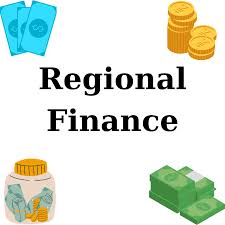
The Basics of Interest Rates
What Are Interest Rates?
Interest rates represent the cost of borrowing money. When you take out a loan, you agree to pay back the principal (the amount borrowed) plus an additional percentage, which is the interest. This percentage is what lenders charge for the convenience and risk of lending you money.
How Interest Rates Are Calculated
Lenders calculate interest rates based on several factors, including your creditworthiness, loan type, and term. The two most common methods are:
- Simple Interest: Calculated only on the principal.
- Compound Interest: Calculated on the principal plus previously accrued interest.
Fixed vs. Variable Interest Rates
- Fixed Rates: Remain constant throughout the loan term, providing predictable payments.
- Variable Rates: Fluctuate based on market conditions, potentially offering lower initial rates but with the risk of increases over time.
Factors Influencing Interest Rates
Economic Indicators
Interest rates are heavily influenced by the economy:
- Inflation: Higher inflation typically leads to higher interest rates.
- Federal Reserve Policies: The Fed adjusts rates to control economic growth, directly impacting loan interest rates.
Credit Scores
Your credit score plays a significant role. A higher score usually translates to lower interest rates, as lenders view you as a lower-risk borrower.
Loan Type and Term
Different loans have different rates. For example, short-term loans often have higher monthly payments but lower overall interest costs, while long-term loans spread payments out but cost more over time.
Strategies to Secure the Best Loan Deal
Improving Your Credit Score
- Pay bills on time.
- Reduce credit card balances.
- Avoid opening unnecessary credit accounts.
Comparing Lenders
Don’t settle for the first offer. Shop around to find the most competitive rates and terms. Online comparison tools can simplify this process.
Negotiating Terms
Lenders are often willing to negotiate, especially if you have a strong financial profile. Don’t hesitate to ask for lower rates or better terms.
Timing Your Loan Application
Economic conditions and lender promotions can impact rates. Applying during periods of low rates or special offers can save you money.
Conclusion
Interest rates don’t have to be a puzzle. By understanding how they work and applying smart strategies, you can secure a loan that meets your needs without breaking the bank. Remember, the key is preparation: improving your credit, researching options, and negotiating effectively. With this approach, you’ll be in the driver’s seat of your financial journey.
FAQs
- What’s the difference between APR and interest rate?
APR includes the interest rate plus fees, giving a more comprehensive cost of the loan. - How can I check my credit score for free?
Many platforms, like Credit Karma and Experian, offer free credit score checks. - Is it better to get a shorter or longer loan term?
Shorter terms save money on interest but require higher monthly payments, while longer terms spread out payments but cost more overall. - Can I refinance a loan to get a lower interest rate?
Yes, refinancing can lower your rate if market conditions or your credit profile have improved. - Do interest rates vary by state?
Yes, state laws and economic factors can cause variations in interest rates.
10 Visa-Sponsored Jobs in the UK, USA, Canada, and Australia
Be the first to comment